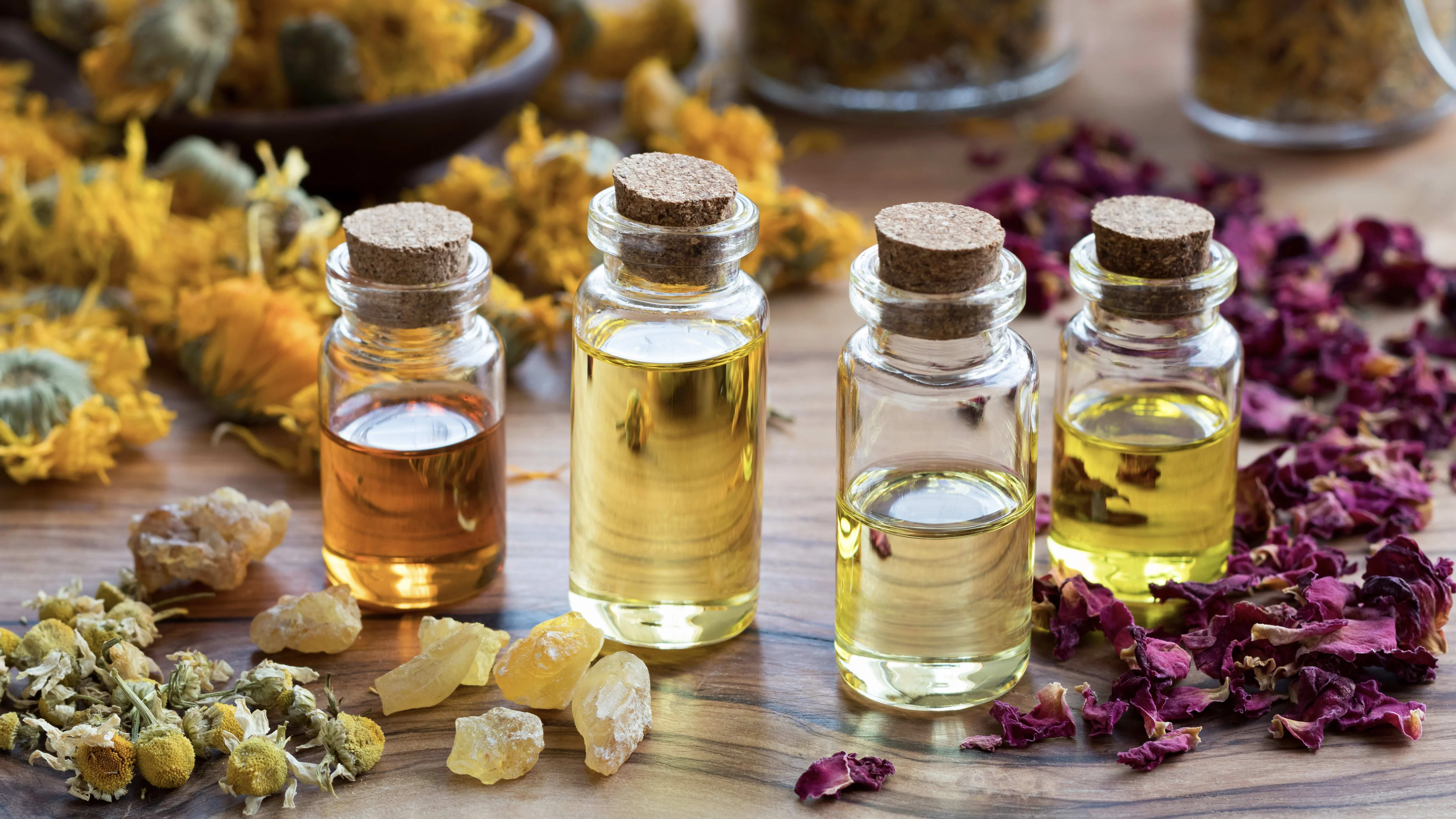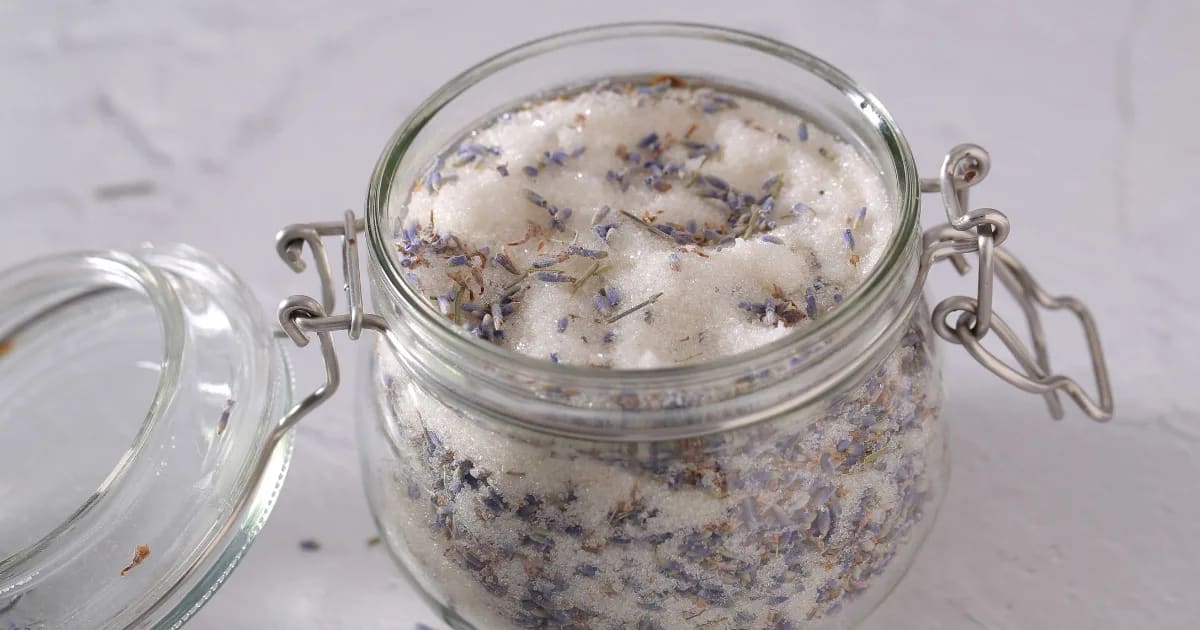Benefits & Uses of Cinnamon Bark Oil

Is Cinnamon Bark Oil Different from Cinnamon Leaf Oil?
Cinnamon, with its rich history and warm, inviting aroma evokes nostalgic memories of cozy moments and beloved culinary treats. But Cinnamon is more than the classic flavor in sweet rolls or mulled cider; it is an impressive spice with a multitude of therapeutic benefits!
I recently shared a series of articles on the Aromahead blog exploring the benefits of Cinnamon Leaf oil. (Visit the Cinnamon Leaf profile here.) Many of you have reached out to me asking about Cinnamon Bark oil, wondering if it is different from Cinnamon Leaf. I understand where the questions arise: they’re both Cinnamon, and the Latin names are the same: Cinnamomum verum.
The answer is yes, Cinnamon Bark oil is quite different from Cinnamon Leaf oil!
In this post, we’ll explore the benefits and uses of Cinnamon Bark oil and reveal how it differs from Cinnamon Leaf oil.
We’ll discuss the properties of Cinnamon Bark oil and explain how its chemistry is important in understanding its therapeutic benefits and its safety considerations. You will learn how the essential oil from the bark is different from the oil from the leaves, and how to work effectively and safely with potent, spicy Cinnamon Bark.
The Many Sides of Cinnamon
To begin, let us talk a little about Cinnamon as a plant. Cinnamon is a tropical tree in the Lauraceae family that can grow to 60 feet tall. It has large oblong leaves, aromatic bark, and distinctly sweet-scented flowers that are irresistible to pollinators.
There are over 100 different varieties of cinnamon trees, but there are only a handful that are widely cultivated for the spice that most people use:
Cinnamomum verum – This is often labeled “Ceylon Cinnamon” because it originates from Sri Lanka, which was formerly called Ceylon. It is also known as “true Cinnamon.” It’s the most sought-after variety of the spice, prized for its sweet, mellow flavor. Most of the world’s supply still comes from Sri Lanka, and now Madagascar, as well.
Cinnamomum cassia – Also known as Chinese Cinnamon, it is sometimes labeled as “Cassia” but often just “Cinnamon,” especially in the US, where the names are sometimes used interchangeably. Cassia has a stronger, spicier, somewhat more bitter flavor than Ceylon Cinnamon.
Cinnamomum burmanii – This is Indonesian Cinnamon, also called Korintje. It’s beloved for its sweet, delicate, mild taste.
Cinnamomum loureiroi – Vietnamese or Saigon Cinnamon. This species of Cinnamon has an exceptionally high oil content, which gives it a robust, spicy flavor.
These four species have the most culinary and commercial value, but other species of Cinnamon are popular in small regional areas as spices or healing remedies.
Two Cinnamon Oils from One Tree
We source Cinnamon essential oil from Cinnamomum verum. The Latin name of this tree was recently updated from Cinnamomum zeylanicum to Cinnamomum verum. They are the same species, but Cinnamomum verum is the accepted Latin name going forward.
The diversity within this single tree is fascinating. Depending on the plant part that’s distilled—the leaf or the bark—we get a completely different essential oil. Each oil has its own chemical profile, its own therapeutic uses, and its own safety considerations.
One of the first differences you may notice is price. Cinnamon Bark oil is often more expensive than Cinnamon Leaf, because it takes a great deal of bark to produce even a small amount of essential oil. Some plants have rich, oily wood, but the Cinnamon tree’s leaves have a higher essential oil content compared to its bark.
It takes anywhere from 1500 to 3000 kilos of bark to produce about 30 fl oz of Cinnamon Bark oil.
That is considered a “low yield” because the bark doesn’t yield much essential oil. A lower yield means it requires more plant material, time, and effort to produce the oil, and therefore the oil costs more.
Both oils—the Leaf and Bark—are redolent with the warm, spicy scent of Cinnamon. But Cinnamon Bark has a more robust, zesty presence compared with the Leaf oil’s milder, sweet note.
Cinnamon Bark Science
Cinnamon Bark oil is rich in aldehydes—especially cinnamaldehyde.
Cinnamon Leaf oil, on the other hand, is rich in phenols—namely, eugenol.
Aldehydes and phenols are very potent chemical components. That means both Cinnamon Bark and Cinnamon Leaf oil have notable safety considerations, which we’ll explore after we delve into the therapeutic properties of cinnamaldehyde.
Cinnamaldehyde is a powerhouse antimicrobial.
It’s so effective that Cinnamon Bark (the spice, not the essential oil) was one of the ingredients in the famous “Four Thieves” blend, which was used during the Middle Ages to help ward off the Black Plague.
Modern science backs up this age-old faith in Cinnamon! A 2018 scientific review found that cinnamaldehyde (and other Cinnamon constituents) can inhibit bacteria in several of ways, including “damaging [bacterial] cell membrane; altering the lipid profile, inhibiting ATPases, cell division, membrane porins, motility, and biofilm formation; and via anti-quorum sensing effects.”
To put it simply, Cinnamon Bark oil and cinnamaldehyde can stop the growth of bacteria in many ways!
Cinnamon Bark Oil’s Benefits and Uses
Many of Cinnamon Bark oil’s therapeutic actions are associated with the properties of its dominant component, cinnamaldehyde.
Antimicrobial – Cinnamaldehyde can be considered a broad-spectrum antimicrobial—which means it acts against both gram-positive and gram-negative bacteria. In a 2001 study, it showed powerful actions against nine common bacterial strains, including E. coli, S. aureus, MRSA, Salmonella, and others.
The journal Antiviral Research reported that it was able to inhibit the influenza virus. Cinnamaldehyde is also strongly anti-fungal.
These properties make it an excellent choice for purifying your home, especially during cold and flu season.
Respiratory care – Cinnamaldehyde's antimicrobial actions make Cinnamon Bark a staunch support oil when we come down with a cold or flu. However, it’s so strong that we should only use it for limited periods of time as an acute aid for short-term infections.
Emotionally warming – Imagine the aroma of Cinnamon…Do any memories surface? Cinnamon’s scent has positive associations for many people, reminding us of Grandma’s kitchen or warm holiday gatherings. Cinnamon Bark oil can bring comfort and confidence, its spiciness dispelling apathy or cold, sluggish energy and promoting motivation.
Cinnamon Bark Oil Safety
A friend once told me a story that illustrates the incredible potency of Cinnamon Bark oil.
She was in the middle of a week-long road-trip, and she began to feel under the weather. When she got to her hotel room, she decided to “diffuse” a drop of Cinnamon Bark for immune support. Since she didn’t have a travel diffuser, she used the in-room coffee machine to make hot water, which she poured over a single drop of Cinnamon Bark oil in one of the styrofoam coffee cups.
She laid down on the bed to rest, but a few minutes later was disturbed by an unexpected drip, drip, drip. She sat up to find that the drop of essential oil had burned a hole in the bottom of the cup, and now water was leaking all over the countertop and carpet!
That’s an example of cinnamaldehyde’s strength!
Cinnamaldehyde is a skin and mucous membrane irritant.
It’s important not to get Cinnamon Bark oil on your skin undiluted. If it does come into contact with your skin, immediately apply a nourishing carrier oil to the area (such as jojoba, olive, or coconut oil). This will help dilute the Cinnamon Bark oil. Then wash well with soap and water, and apply a carrier oil to the area again to soothe the skin.
If you’re using the essential oil for a topical blend, the safest amount is no more than 1 drop of Cinnamon Bark oil in 2 ounces (60 ml) of carrier oil.
To avoid irritating the mucous membranes, only use 1 drop in your diffuser, and no more than 1 drop in an inhaler.
My Takeaway
As we have seen, though Cinnamon Bark oil is distilled from the same plant as Cinnamon Leaf, they are distinctly different oils in chemical composition and therapeutic applications. When used with respect for its safety considerations, robustly spicy and potently antimicrobial Cinnamon Bark oil is strong ally in supporting our health and resilience.
References
Chang, S. T., Chen, P. F., & Chang, S. C. (2001). Antibacterial activity of leaf essential oils and their constituents from Cinnamomum osmophloeum. Journal of ethnopharmacology, 77(1), 123–127. https://doi.org/10.1016/s0378-8741(01)00273-2
Doyle, A. A., & Stephens, J. C. (2019). A review of cinnamaldehyde and its derivatives as antibacterial agents. Fitoterapia, 139, 104405. https://doi.org/10.1016/j.fitote.2019.104405
Elcocks, E. R., Spencer-Phillips, P. T. N., & Adukwu, E. C. (2020). Rapid bactericidal effect of cinnamon bark essential oil against Pseudomonas aeruginosa. Journal of applied microbiology, 128(4), 1025–1037. https://doi.org/10.1111/jam.14538
Hayashi, K., Imanishi, N., Kashiwayama, Y., Kawano, A., Terasawa, K., Shimada, Y., & Ochiai, H. (2007). Inhibitory effect of cinnamaldehyde, derived from Cinnamomi cortex, on the growth of influenza A/PR/8 virus in vitro and in vivo. Antiviral research, 74(1), 1–8. https://doi.org/10.1016/j.antiviral.2007.01.003
Vasconcelos, N. G., Croda, J., & Simionatto, S. (2018). Antibacterial mechanisms of cinnamon and its constituents: A review. Microbial pathogenesis, 120, 198–203. https://doi.org/10.1016/j.micpath.2018.04.036





